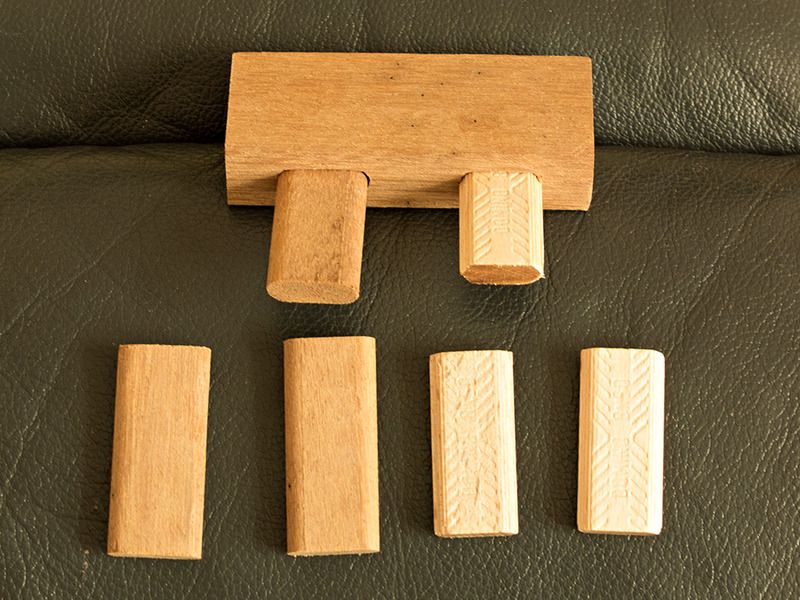Ed Bray
Established Member
I am making a garden gate for my neighbour from my remaining Iroko planks. Last week I prepared eight boards which are 66" x 3½" x ⅞", this will give me a door of 66" x 28" x ⅞". When I went to prepare the boards this morning for edge jointing, I discovered one of them now has a slight cup along its length.
I am planning on using 8mm Dominos along the lengths of the boards to align them and using Titebond 3 to glue them up. The gate will then have 3x straight braces across the width along with 2x Diagonal braces between them.
If I put the cupped board in the centre of the panel and align it with the dominos would it be likely that they and the bracing pull the cup back into a straighter position, or, would the cupped board be likely to throw out the rest of the door? All the other boards are relatively flat. I don't want the boards to be any smaller, so if this is not a good idea I will have to machine some further pieces.
Also, not having made a door like this before, do I glue and screw the bracing on the door, or just screw it?
TIA, Eddie.
I am planning on using 8mm Dominos along the lengths of the boards to align them and using Titebond 3 to glue them up. The gate will then have 3x straight braces across the width along with 2x Diagonal braces between them.
If I put the cupped board in the centre of the panel and align it with the dominos would it be likely that they and the bracing pull the cup back into a straighter position, or, would the cupped board be likely to throw out the rest of the door? All the other boards are relatively flat. I don't want the boards to be any smaller, so if this is not a good idea I will have to machine some further pieces.
Also, not having made a door like this before, do I glue and screw the bracing on the door, or just screw it?
TIA, Eddie.





































